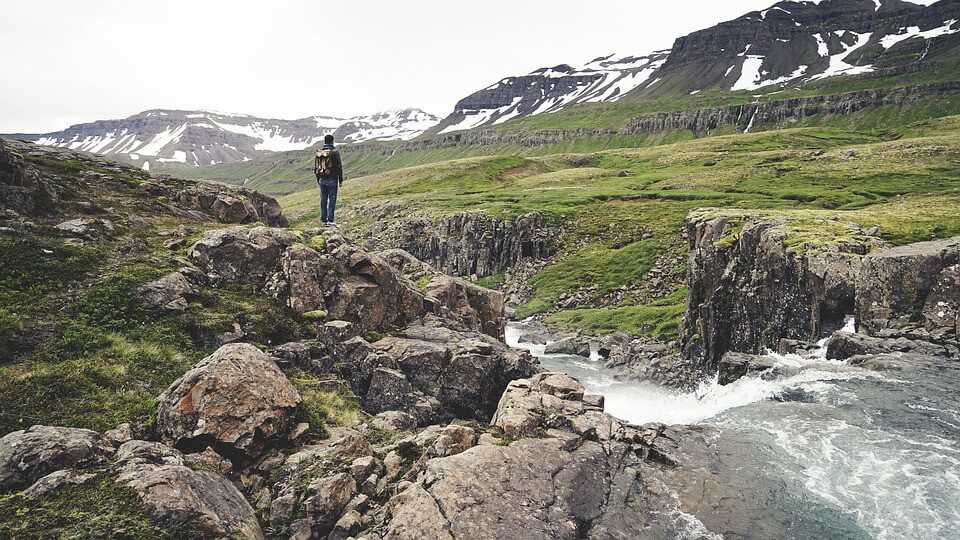Hiking is a great outdoor activity, whether you’re alone or with friends. But with any physical activity, it’s important that you’re weary of the possible injuries and ailments you may find yourself confronted with on a hike. No matter how cautious you are, it can be extremely easy to make one wrong move and then potentially injure yourself or a friend, which could spell disaster for your hiking adventure. Before going on your next hike, it’s important you make yourself aware of some of the most common injuries that may befall you and how you can handle them.
Blisters
Although you may have already had a blister at some point, hiking is a common cause of them. They’re usually caused by friction, which can cause fluid to build up and swell between the layers of skin. Although they are usually considered minor injuries, they can still lead to infection if not treated properly. To avoid getting blisters, make sure that you’re wearing the proper shoes and socks for the type of terrain that you’ll be hiking in. It’s also important to keep your feet dry. To prevent a blister from rupturing, apply a piece of athletic tape or moleskin to the affected area. If it ruptures, drain the remaining fluid and apply antibiotic ointment to minimize the risk of infection.
Temperature Illness
Temperature-related illnesses such as hypothermia and heat exhaustion are also common injuries that can affect your hiking experience. Although heat exhaustion can leave you feeling tired and disoriented, its symptoms can usually be relieved by rehydrating, eating food, and taking a rest. On the other hand, heat stroke can cause severe and potentially life-threatening symptoms such as loss of consciousness. Another temperature-related illness to be aware of is hypothermia. While you may often associate this with colder weather, it can be a problem in the summer months as well. The symptoms are similar to heat exhaustion, typically consisting of poor judgment, loss of consciousness, and possibly death if not handled properly. It’s important to drink plenty of liquids and eat small meals in the days leading up to and during your hike, as well as avoid caffeine and alcohol.
Muscle Cramping
One of the worst things that can happen while hiking is having to feel your legs cramping up whenever you step up the mountain or when you’re sleeping in your tent at night. This is usually caused by dehydration. To avoid experiencing this, make sure that you’re drinking enough water (this tends to be the answer to a lot of your problems while hiking). It’s also important that you take some time to stretch before your hike. Doing so can help avoid cramping or alleviate some of the pain that you may be experiencing if you end up having muscle cramps. If you’re experiencing severe cramps, try applying cold and hot temperatures to the area and refueling with an electrolyte-rich sports drink.
Twisted Ankle
If you’re planning on hiking on an uneven trail, then a twisted ankle can be a common cause of concern. While some twists can be fixed by walking it off, others require a little more attention. To avoid getting these injuries, make sure that you’re wearing the proper footwear and have the proper equipment to protect your ankle. If you twist it while you’re hiking, elevate it and take a break. It can be good to understand how to make an ankle brace for emergencies as well.
